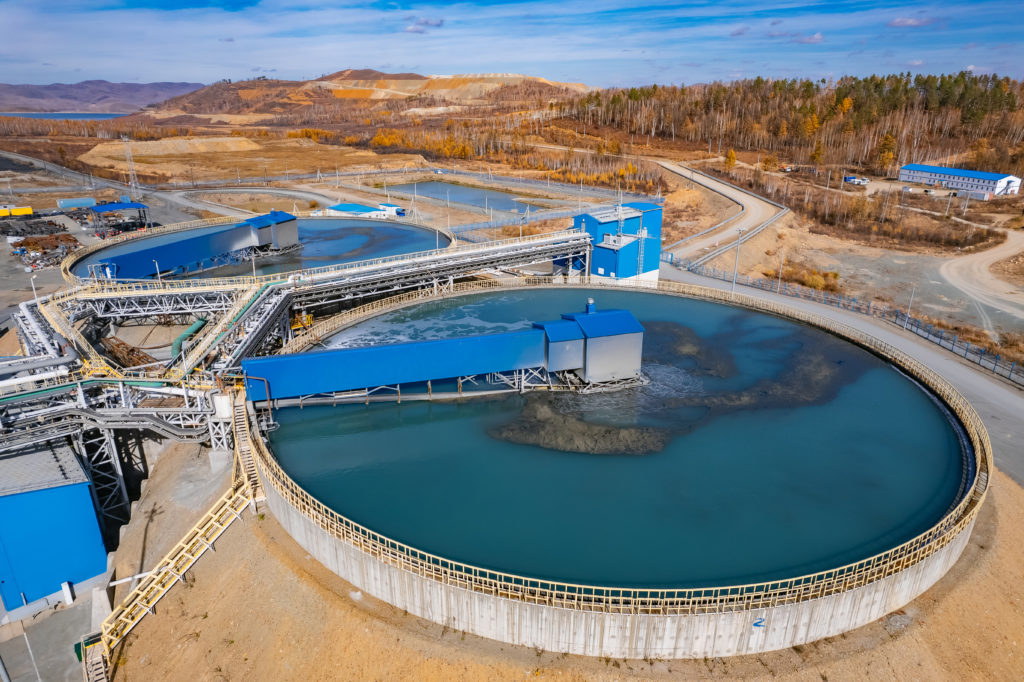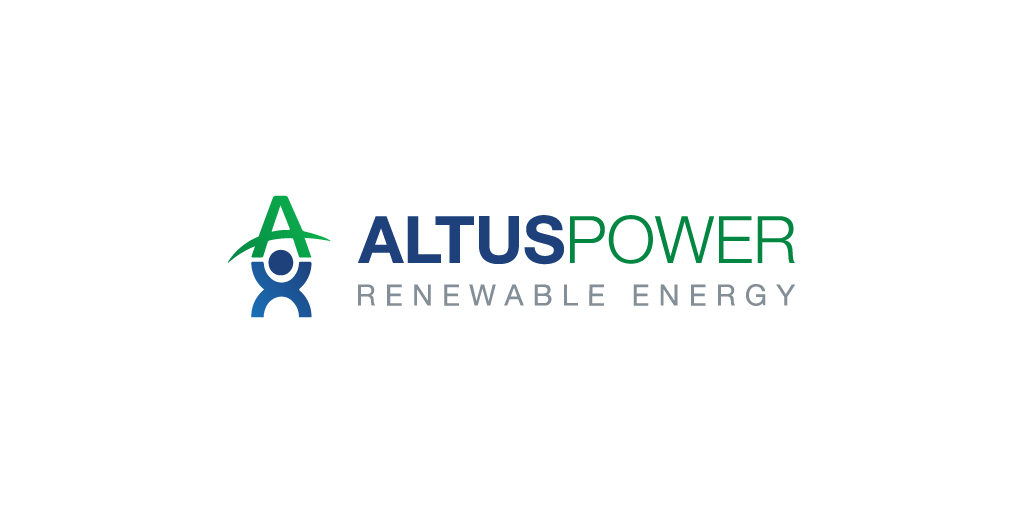
Water management has always been one of mining’s most costly and complex responsibilities. For operators across Ontario and Canada, the challenges are mounting: regulations are tightening, insurers are recalibrating risk models, and communities are demanding more accountability. Most mines already operate treatment systems, but these are expensive, energy-intensive, and often fail to handle emerging contaminants or stricter standards.
Liabilities do not disappear when a mine closes. Acid rock drainage, metal leaching, and seepage can persist for decades, locking companies into perpetual treatment. Regulators require financial assurance to cover these obligations, and insurers add long-tail charges to account for the risk. Climate pressures such as flooding and freeze-thaw cycles make contaminant movement even harder to control, resulting in an equation of rising costs and mounting liabilities with little room for flexibility.
Headlines often focus on catastrophic dam failures, but insurers and regulators are just as concerned with chronic exposure. Even low-level discharge can trigger fines, lawsuits, and years of treatment. Under Ontario’s Mining Act and O. Reg. 240/00, operators must post security for long-term water management, while federally the Metal and Diamond Mining Effluent Regulations set strict discharge limits. For insurers, the math is simple: expected loss equals probability multiplied by consequence. Cutting either factor directly reduces premiums, deductibles, and bonding requirements.
This is where innovation in water treatment begins to align directly with financial strategy.
Innovative water purification materials can address the toughest challenges in mining water management: long-term liabilities, high treatment costs, and tightening compliance. Using a proprietary database of more than 850,000 molecules, combined with artificial intelligence (AI) and quantum chemistry, we can identify high-performance materials up to 40 times faster than traditional discovery methods.
Xatoms’ photocatalyst materials activate under sunlight or LEDs to target a broad spectrum of contaminants across different industries. In mining, they are especially effective against heavy metals that drive compliance and liability risks, such as chromium (VI), arsenic, nickel, and copper. Designed to integrate into existing systems, they cut energy usage and operating costs while delivering measurable improvements in water quality without creating harmful byproducts. For operators, this translates into reduced risk of regulatory exceedances, lower closure bonding requirements, and stronger ESG performance, while shrinking the long-tail liabilities that push up insurance and financial assurance costs. By harnessing quantum chemistry and AI, we are proving that innovation can make a real difference, so Canadian mines can be cutting treatment costs, shrinking closure liabilities, and delivering resilience through photocatalyst technology. Those who lead with innovation will set the benchmark for the industry.
Key Canadian innovation hubs such as the NORCAT Underground Centre and the Centre for Smart Mining at Cambrian College provide an opportunity for new technologies to be trialed under real mining conditions. Their work highlights the potential for emerging solutions to strengthen operations, reduce costs, and keep Canada’s mining sector globally competitive. With provincial and federal backing, and the support of local organizations, Canada is building the foundation for a stronger, more sustainable future in mining.
Mining water management is not just about ticking a box but more of a financial and competitive lever. Canada’s strict regulations and innovation capacity give us the chance to set a global benchmark in sustainable mining. By bringing advanced science into practical use, we can help operators cut treatment costs, mitigate long-tail insurance liabilities, and manage climate and regulatory risk more effectively.
As supply chains tighten and climate pressures rise, Canadian mining’s edge will depend on how quickly it adopts new approaches to water. Photocatalysis offers a practical way to reduce compliance costs, shrink long-term liabilities, and strengthen confidence among regulators, investors, and communities. Turning tailings water from a liability into a managed asset is both a technical step forward and a strategic one, positioning the industry to lead on performance and sustainability. 
Diana Virgovičová is the founder and CEO of Xatoms, an award-winning water deep-tech company that leverages patented quantum chemistry and AI technology to discover new materials capable of using sunlight to eliminate some of the toughest contaminants from water.




